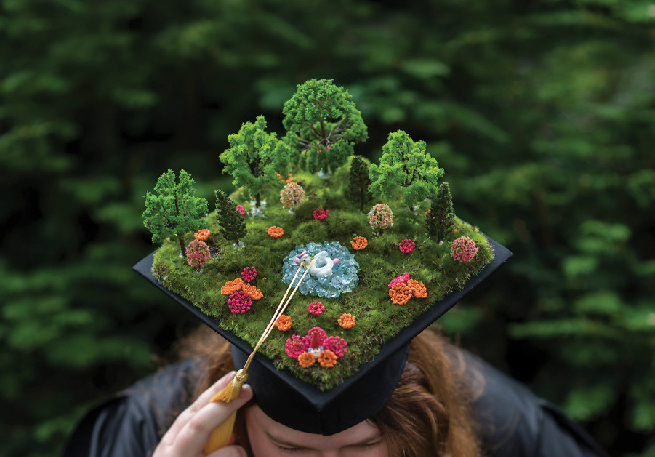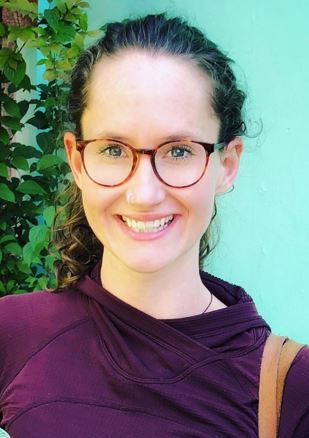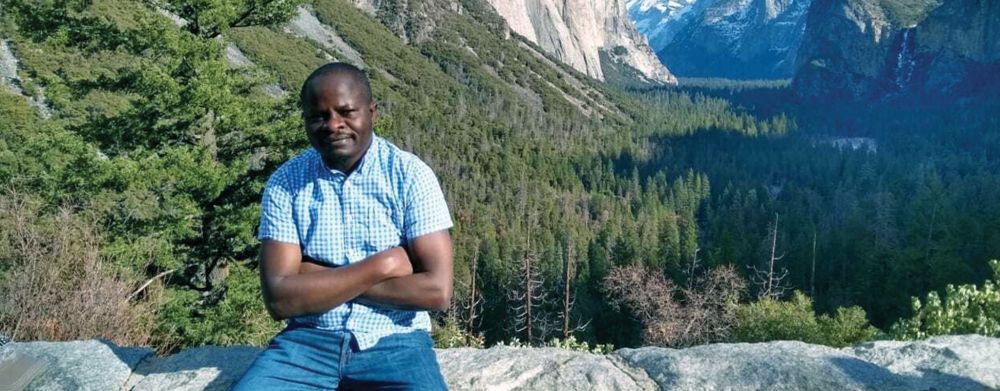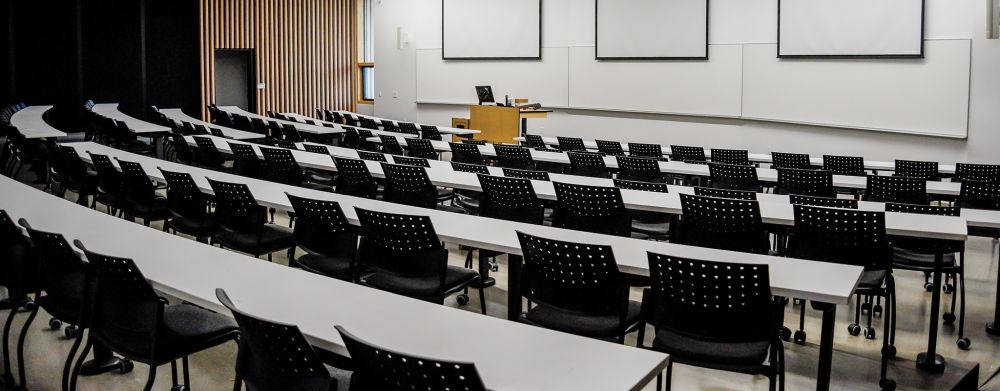
The OSU Research Forests recently performed two variable retention regeneration harvests (VRRH). Yes, it is a mouthful! Can you say it five times fast?
A VRRH is a harvesting technique that seeks to retain varying densities of trees throughout the harvest unit. Foresters implement VRRH for a variety of reasons including providing more wildlife habitat, enhancing visual aesthetics, and retaining forest structural elements that are associated with structurally complex stands.
We completed a VRRH harvest in 2020, and ‘Bingo’ VRRH was its name-o. We chose the 68-year-old mature stand as part of an experiment because VRRH’s had not been widely performed in the Research Forests in the past. The Bingo unit contained predominately even-aged Douglas-fir with a small component of grand fir and hardwoods (e.g., bigleaf maple and Oregon white oak). The pre-existing trees in the unit showed signs of significant mortality that were the result of two previous weather events in 2015: the hot drought and damaging ice storm. Many of the Douglas-firs that succumbed to mortality also showed signs of sap rot (decay) on the boles (i.e. trunks) of the trees. These factors played into our decision to use a VRRH management approach because the trees had to be salvaged, and the storm and insect damage had created many snags ideal for wildlife use. This stand also stood adjacent to a road heavily for recreation, thus safety and aesthetics were additional factors. Additionally, the harvest would be highly visible from Highland Avenue near Crescent Valley High School.
The second VRRH unit was Davie Crockett 2, which we wrapped up in June 2021. This unit was 12.5 acres and 74 years old. Davie Crockett 2 primarily contained even-aged Douglas-firs with a smaller component of bigleaf maple and grand fir. We chose this unit for a VRRH demonstration because it also was in a highly used recreation area and the retention of trees could help reduce the view of exposed tree boles or bare ground.


A major goal for the Bingo and Davie Crockett 2 harvests was to minimize the post-harvest appearance of upslope tree boles and bare ground from the surrounding valley. If you were to use binoculars to view the Bingo harvest unit from Crescent Valley High School or from the Nazarene Church on Highway 99, our hope was that you would not be able to see much bare ground or tree boles (Figure 1 and 2). We tried to achieve this by including enough retention trees in the units so that their crowns would block the view of these post-harvest features. In forestry, we call the area that a harvest unit can be viewed from the “viewshed”. We used LiDAR technology (Light Detection And Ranging), a remote sensing technique, to simulate images of what each unit would look like under different tree retention scenarios. LiDAR works by emitting pulses of light waves which bounce back to the device; in this case we used a drone. The time needed for the wavelengths to bounce back are used to calculate the distance an object (tree, road, or ground surface) is from the sensor, which can then be used to generate an image of the landscape. Graduate student Bryan Begay and OSU College of Forestry professor Bogdan Strimbu helped gather the data necessary to create the simulated images. Forest director Stephen Fitzgerald brought them into the field to help identify retention patches that would best meet our visual objectives.
We consider the visual aesthetics of harvest operations from multiple scales. For example, the Bingo unit is located on the 600 road, which is a highly-trafficked recreation area with the Bombs Away trail traversing through the unit. Davie Crockett is similarly traversed by the Vineyard Mountain trail and many users hike or bike by the unit’s edge on the 500 road every day. We wanted to make sure the final product was visually appealing from miles away as well as from the adjacent roads and trails. Often our recreation department will visit a harvest site during the planning phase to visualize and anticipate how the post-harvest area will be experienced as a runner, walker, equestrian, or biker. These experiential and aesthetic factors also play into our decision making for selecting retention trees and clumps of trees.
The process for selecting retention trees, especially for a VRRH approach, is very methodical and specific. Trees left behind often include a mixture of live hardwoods, healthy conifers, as well as standing dead conifers (snags) that are important for wildlife habitat. Many of the trees that we retain, especially when thinking about aesthetics, have large crowns (i.e. over half of the tree has a full living canopy), and consist of Douglas-firs and bigleaf maples. We retained over 100 trees for both units. For recreationists, we sought to retain trees that anchored the trail and/or provided shade for visitors.
To visualize and anticipate the spatial arrangement of the retained trees (sometimes called leave trees or wildlife trees), we use GIS technology. We take detailed maps out to the field on a tablet that contains a georeferenced mapping application (e.g., Avenza). This application allows us to drop “pins” that mark the location of the chosen retention trees. We also physically mark all retained trees with a pink painted “W” or with a permanent blue “wildlife tree” tag. This process is iterative; it is important to continually visualize and anticipate what the stand will look like after the harvest is completed. When I’m in the field doing tree marking, I am constantly keeping this in mind.

My own role in creating the design and layout for these harvests was composed of fieldwork, assisting with retention tree identification, and helping with contract administration post-operation. Working on these units was an incredible learning experience for my future career. Every time I am exposed to a different management technique or harvesting styles, I am able to think more critically and holistically about forest management approaches.

Hannah Proffitt is working on her Bachelors of Science in Forest Management and Fire Protection and Reforestation with the College of Forestry. She is a student employee in Forest Management with the Research Forests. She plans to graduate Spring 2022. The OSU College of Forestry’s Research Forests include network of ten forest tracts spread throughout Oregon, totaling 15,000 acres. Subscribe to their newsletter to receive monthly newsletters as well as trail updates. This article originally appeared in the July issue of their newsletter.










